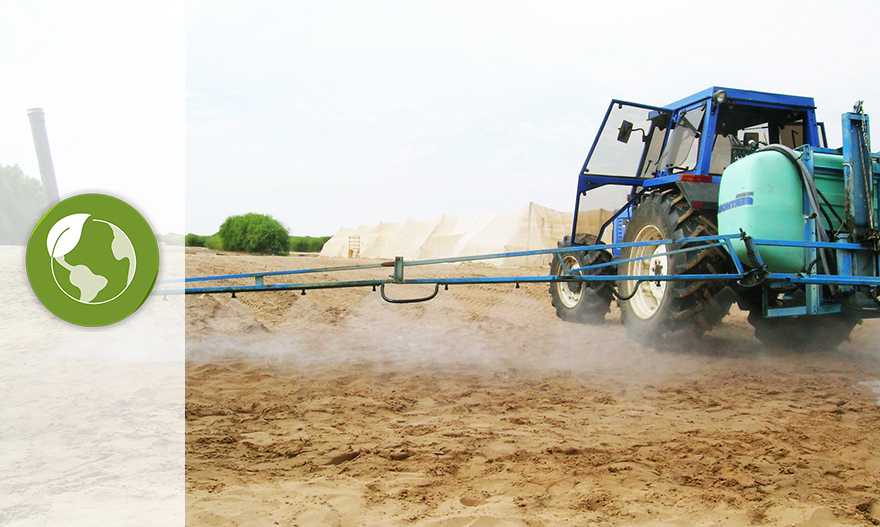
Impacts of agricultural practices on the environment (Intermediate level)
Estimated duration : 13h30
The intermediate level of Route 2 (Impacts of agricultural practices on the environment) consists of six activities. Each activity includes a text to read, followed by a test comprising a few simple questions to measure your mastery of the subject. At the end of the intermediate level, a summary test will be offered to you. Its results will determine your access to the advanced level.
After reviewing the framework of international conventions and private standards that aim at sustainability, the first part of this section reviews the nature of threats to water, soil, biodiversity and air quality due to the use of inputs and agricultural practices that do not preserve the environment’s characteristics. Most agricultural practices that involve mechanisation, fertiliser application or chemical control have an impact on the various environmental compartments. It is therefore necessary to understand how these practices work, in order to be able to either adjust them, or possibly cease to use them. We will see the damage that can be observed to water, soil fertility, biodiversity and air quality. We will also attempt to compare the effects of different production systems.
> Access course

Impacts of agricultural practices on the environment (Advanced level)
Estimated duration : 9h30
The advanced level of Route 2 (Impacts of agricultural practices on the environment) consists of four activities. Each activity includes a text to read, followed by a test comprising a few simple questions to measure your mastery of the subject. At the end of Route 2, a summary test will be offered to you. Its results will determine your access to the certification test.
We will then try to understand all the phenomena – salinisation, compaction, acidification and pollution – that lead to physical, chemical or biological degradation of the soil. They are often interdependent and caused by the combination of several anthropogenic and climatic factors. However, in terms of soil fertility, it is poor agricultural practices that largely explain the problems faced by producers after a few years. Land-use planning influences sensitivity to erosion, but at the same time also affects biodiversity.

